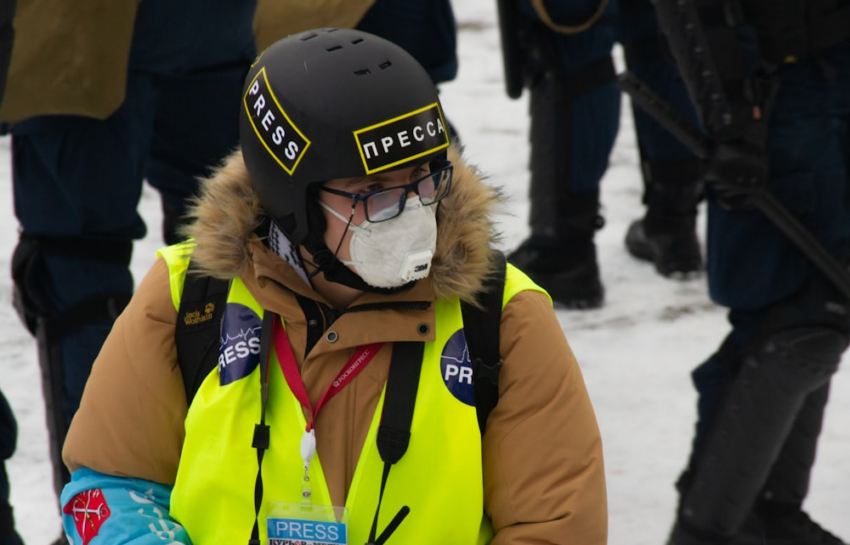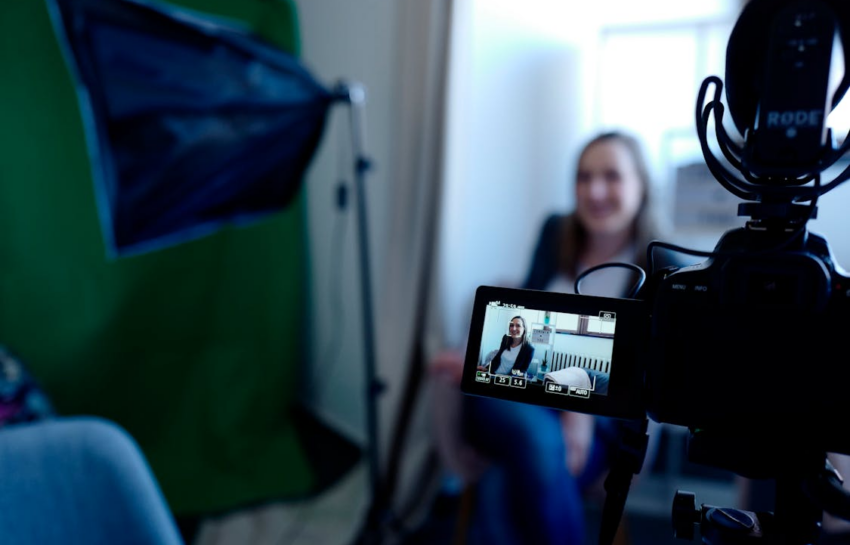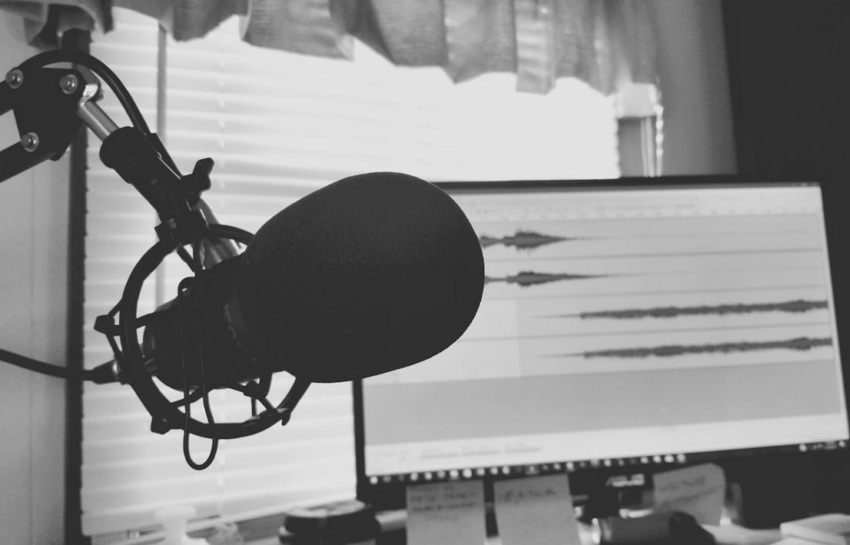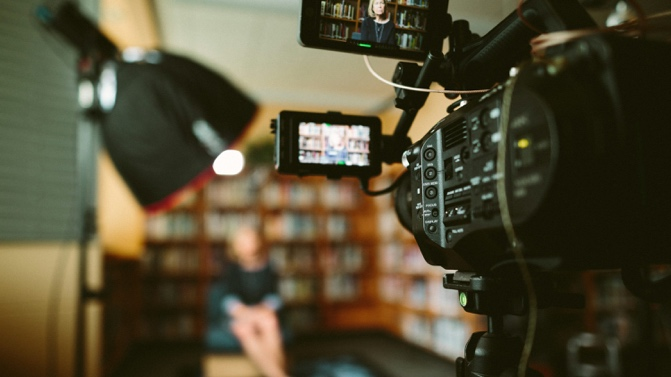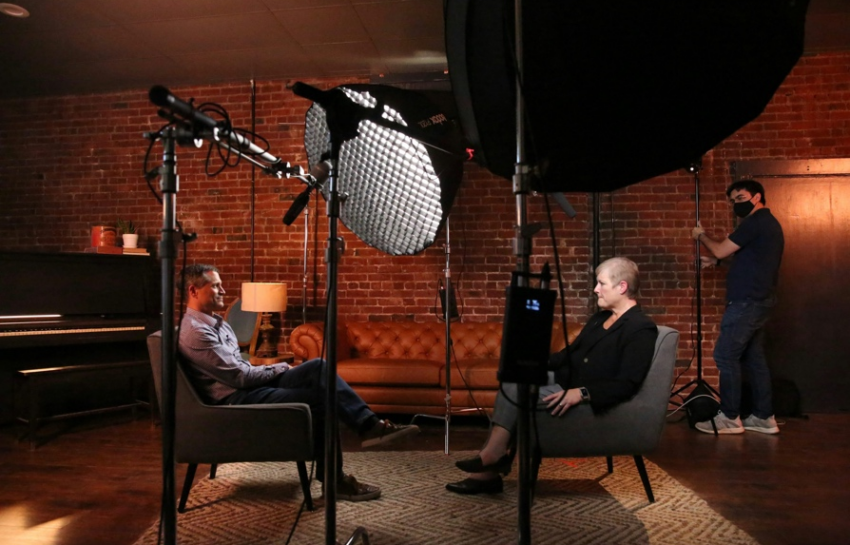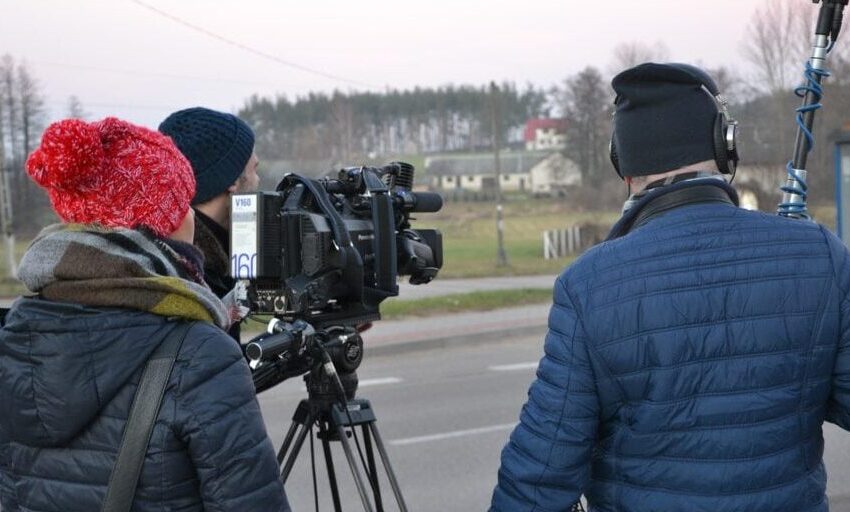The image of a reporter in a warzone, microphone extended toward the chaos, their voice competing with the roar of gunfire or the terrible silence in its aftermath, is a powerful symbol of journalism.
However, behind the haunting visuals lies a reality fraught with danger.
Broadcast journalists reporting live from such volatile situations face a unique set of risks – the dangers of live reporting extend far beyond the possibility of physical harm.
Let’s discuss and acknowledge the challenges journalists encounter on the frontlines of breaking news and explore ways to keep them safe.
The Perils of Live Reporting
While the image of a TV news presenter dodging bullets might be the most immediate association with the dangers of live reporting, the threats faced by these brave individuals are multifaceted:
· Physical Safety
Warzones, protests, and natural disasters all pose a significant threat of physical injury or death. Journalists can become targets of targeted violence, caught in the crossfire of armed conflict, or exposed to hazardous environments in the aftermath of natural disasters.
· Psychological Stress
Witnessing trauma and devastation firsthand can take a toll on mental health. Journalists often experience stress, anxiety, and even PTSD from repeated exposure to violence and tragedy.
· Moral Dilemmas
Reporting on sensitive situations can present ethical conflicts. Balancing the need to inform the public about the safety of individuals involved can be a complex decision, especially when dealing with victims of violence or marginalized communities.
Protecting Those Who Bring Us the News
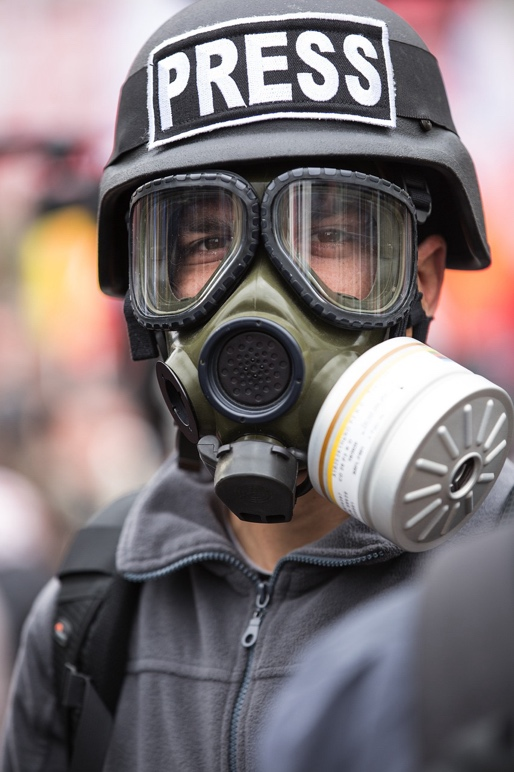
News organizations have a responsibility to prioritize the safety of their journalists.
Here are some essential steps they can take:
· Safety Protocols
Developing rigorous training programs equips journalists with the skills to assess risks, identify potentially dangerous situations, develop contingency plans, and practice basic first-aid.
· Security Measures
Providing broadcast journalists with bulletproof vests, helmets, and proper first-aid training offers some level of protection in the field. Secure communication channels and working alongside experienced security personnel are also crucial.
· Mental Health Support
News organizations should prioritize the mental health of their journalists by providing access to mental health resources. Support groups, counseling services, and readily available resources on coping mechanisms can help them manage the emotional burden.
These measures, however, are only part of the solution.
Self-Care for Journalists on the Frontlines
Journalists themselves play a vital role in safeguarding their well-being:
· Maintaining Awareness
Reporters need to be constantly aware of their surroundings. Staying updated on local security situations, assessing risks before entering unfamiliar territory, and avoiding unnecessary danger are crucial for survival.
· Building Relationships
Developing trust with local communities can offer valuable insights into potential threats and enhance safety. Knowing who to turn to for help and understanding local customs can make a significant difference.
· Prioritizing Self-Care
Journalists need to prioritize their mental health. Taking breaks from stressful environments when possible, practicing relaxation techniques like meditation or deep breathing exercises, and establishing healthy coping mechanisms like exercise or spending time with loved ones are essential.
OTA Talent is Here to Help!
For aspiring journalists wanting to navigate the exciting yet challenging world of live reporting, resources are available. OTA Talent, a valuable resource for aspiring journalists, goes beyond informative blog posts.
We offer a comprehensive suite of services designed to empower broadcast journalists throughout their careers. From industry-leading journalists providing valuable insights to on-air broadcast talent opportunities, we connect reporters like you with the training and representation they need to thrive.

